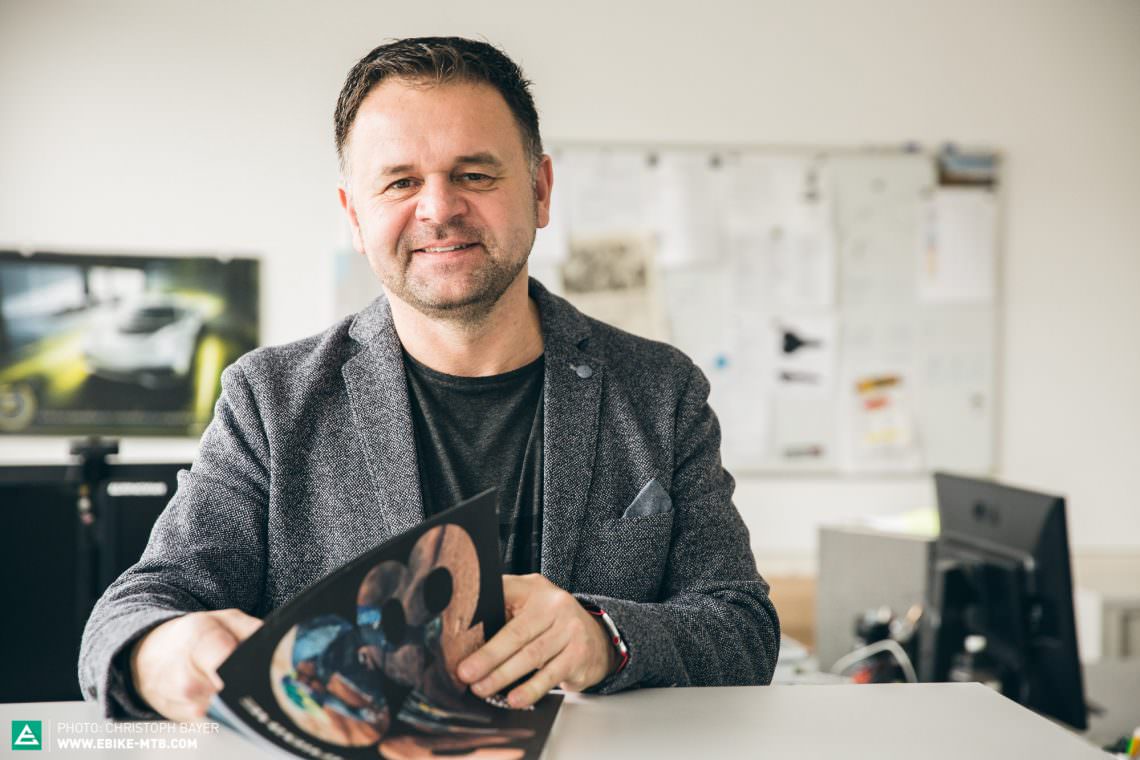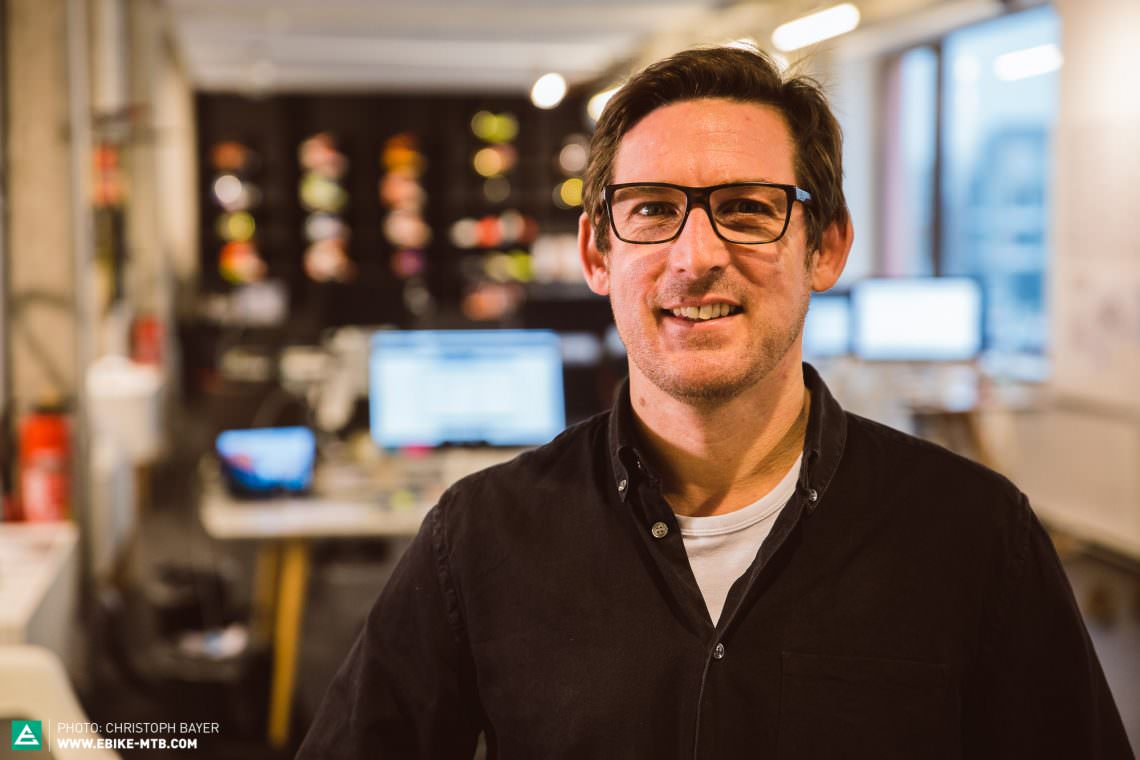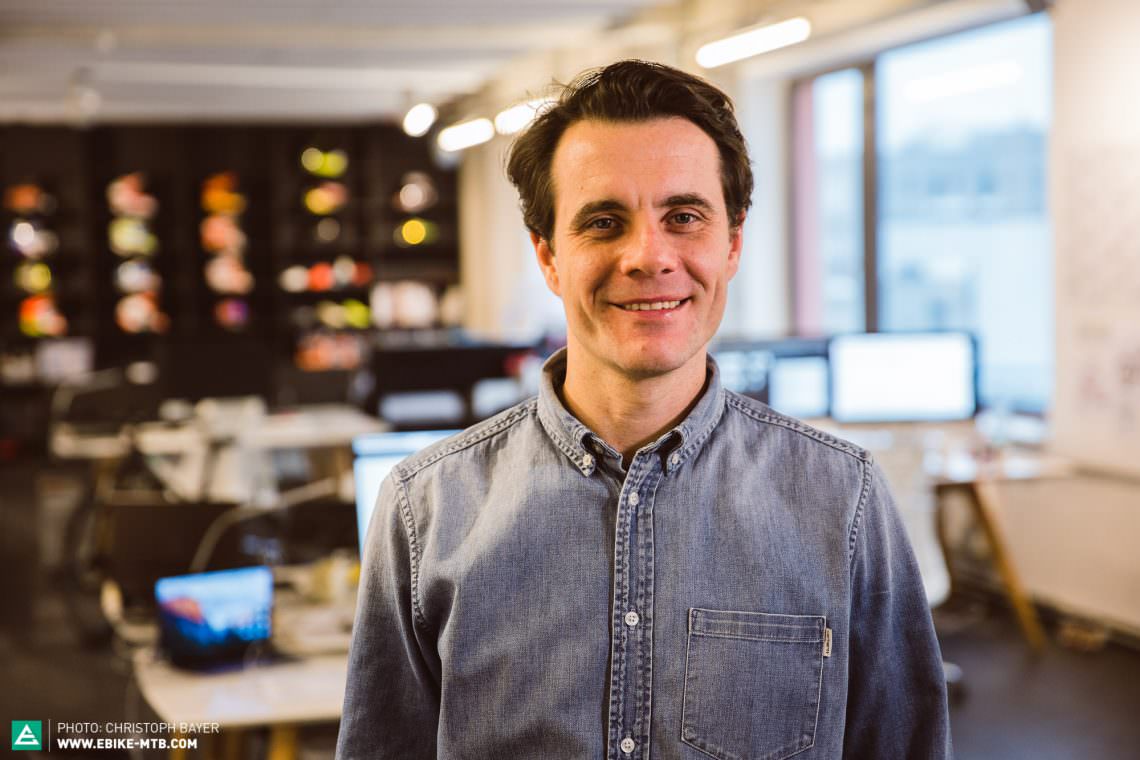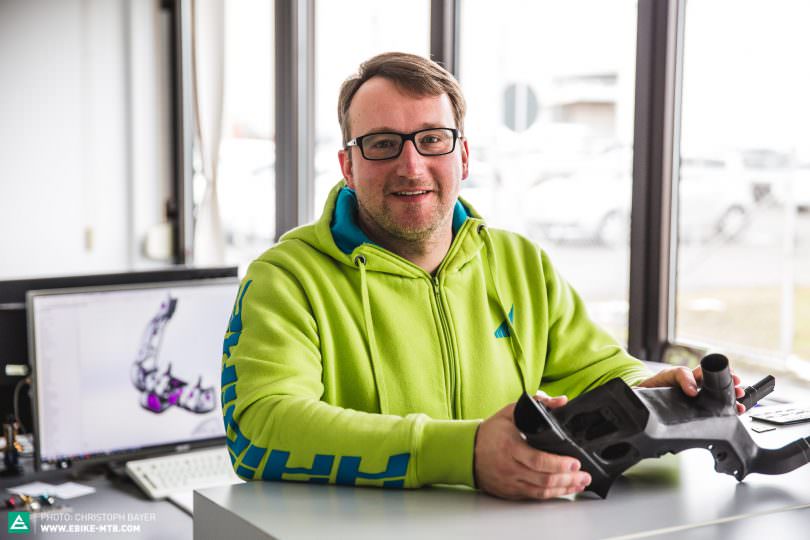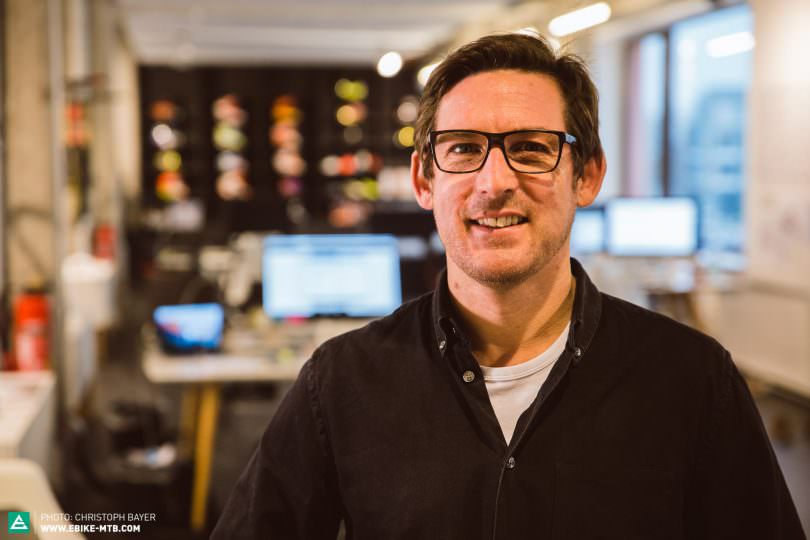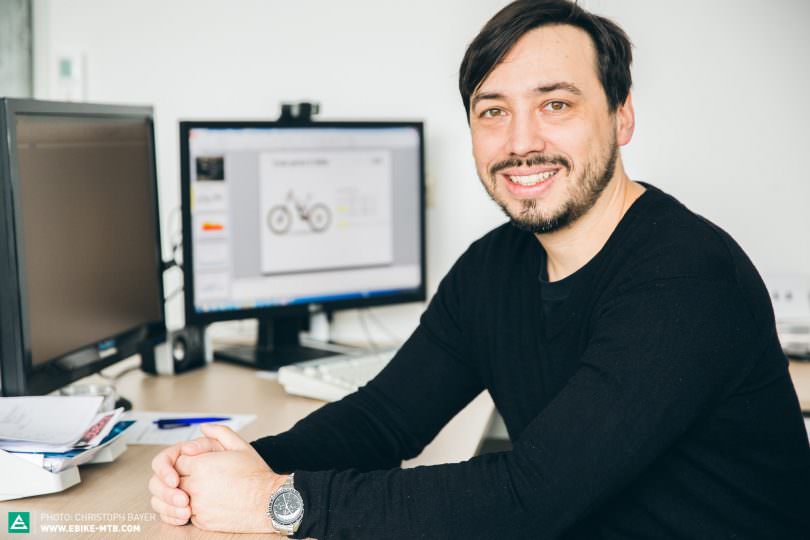Back in 2010 Haibike didn’t just flip the Bosch motor on its head, they succeeded in doing the same to the entire bicycle industry. Ushering in the era of eMTBs as we know them today. Since then, a lot has changed – at Haibike too.
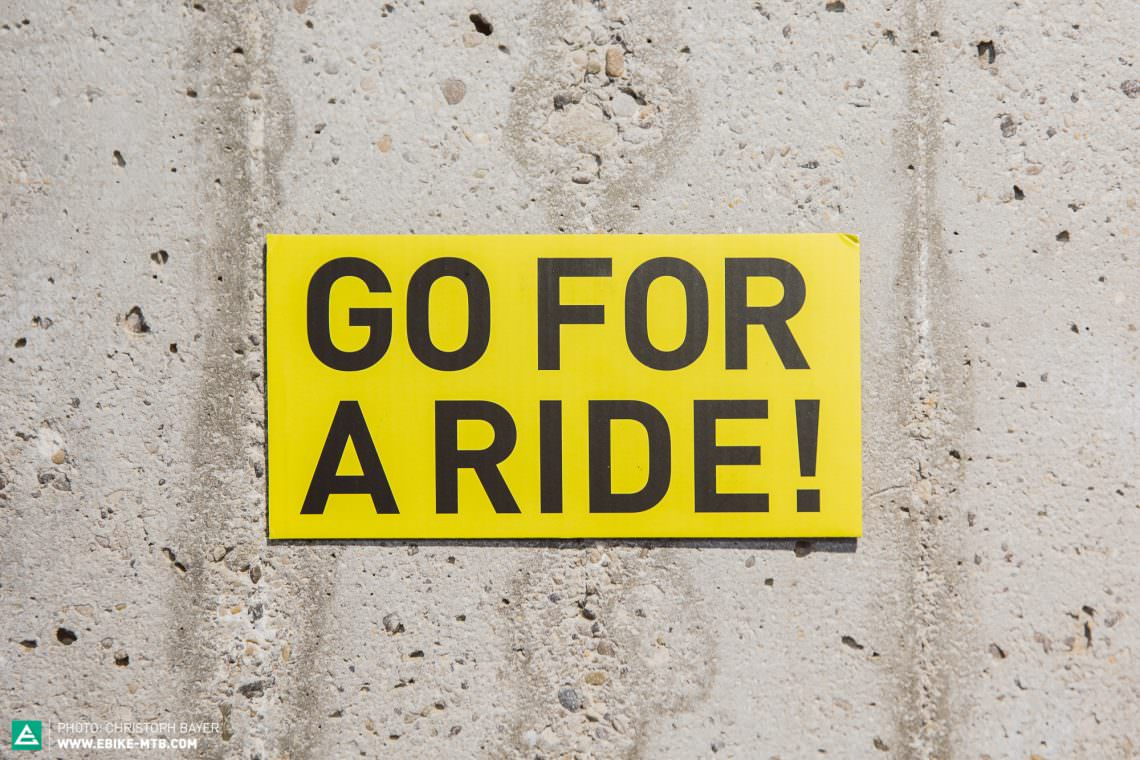
The first line of their success story was written at EUROBIKE in 2010, the floor crowded with hundreds of exuberant manufacturers touting their wares, each remarkably similar to the next despite the many marketing claims to the contrary. Competition is rampant in the cycling world. It isn’t easy to have a breakthrough – especially not for a brand like Haibike, who were known back then for their vaguely mediocre bikes. But at this edition of the industry’s most important show, the Haibike stand was causing a bit of a stir.
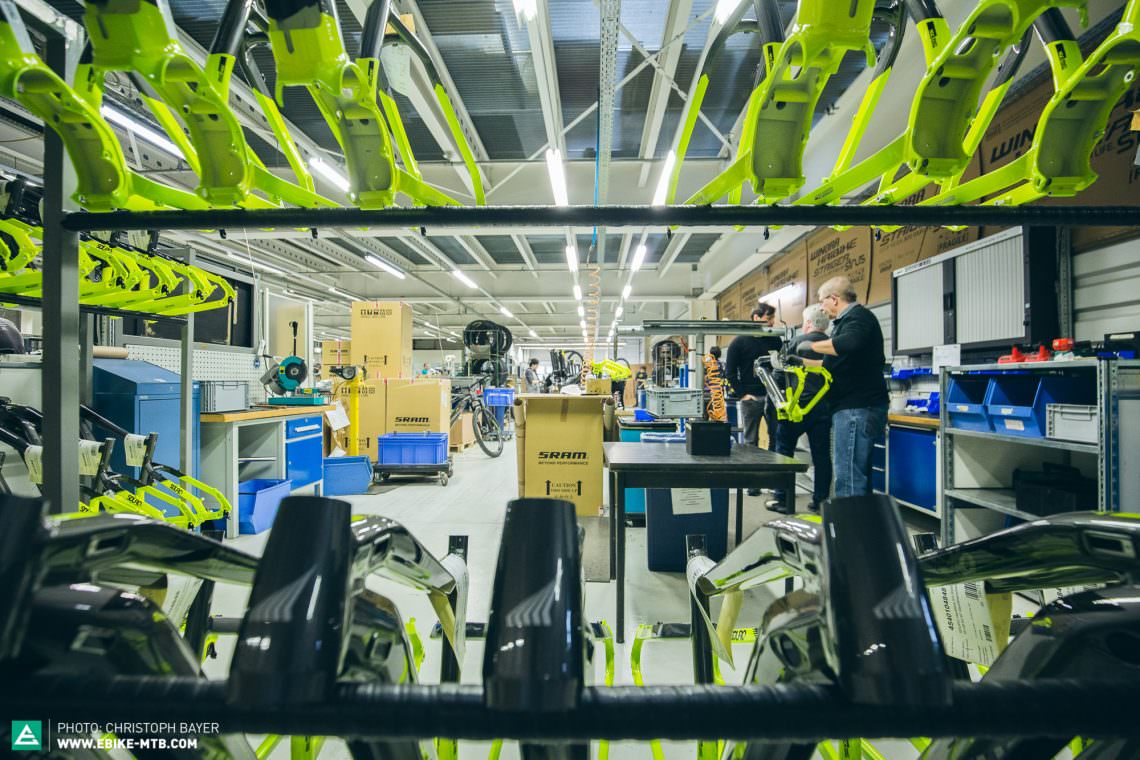
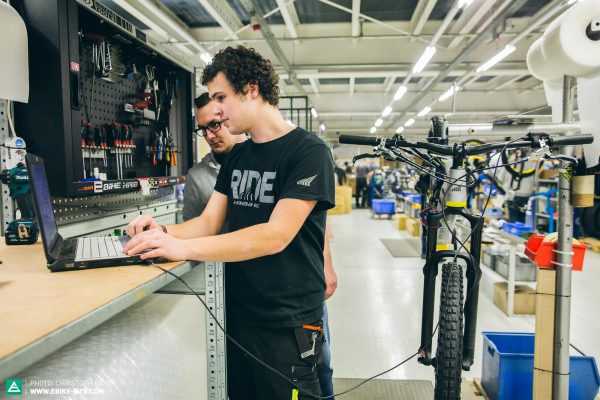

Three bikes were hung on steel cables from the roof: a black-and-white eQ XDURO full-susser, an eMTB hardtail and hybrid e-bike for touring. The attention-grabbing display had caused a scene, with craning necks and crowds of visitors. Unlike the vast majority of bikes with pedal-assist back then, Haibike had strayed from convention by rotating the motor to fit inside the frame’s triangle rather than simply attaching it to the underside of the downtube. It lent improved protection to the motor and meant that these were now truly capable of going off-road for the first time. Revolutionary!
Rival brands mocked it and journalists disregarded it. At times cycling is an industry with a blinkered view; away from direct performance gains, it falters when it comes to spotting potential. But in this instance, there was one group from within the industry whose attention had been well and truly captured. The customers, the riders, the very people who’d benefit from the innovation. It didn’t take long before Haibike had fully sold out of the first 2,000 bikes. This put the German brand on course for a transformation into one of the industry’s pioneering figures.
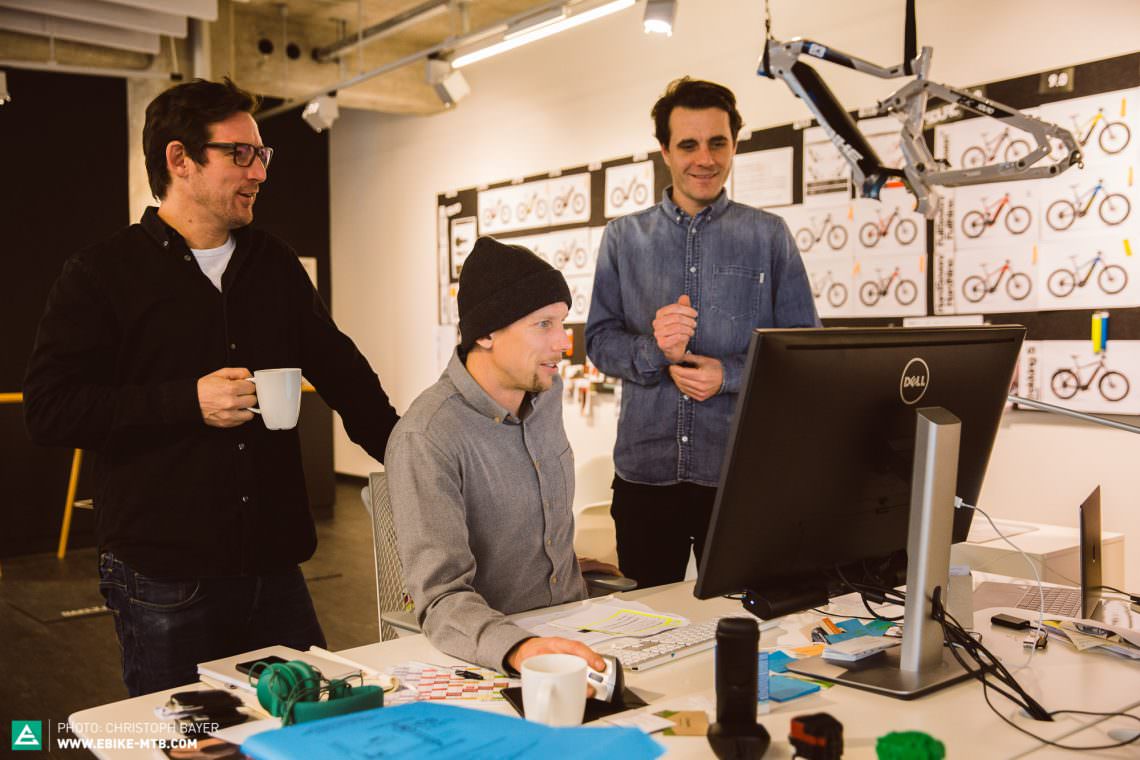
Haibike revolutionized mountain biking and within a period of eight years they’d redefined the whole industry.

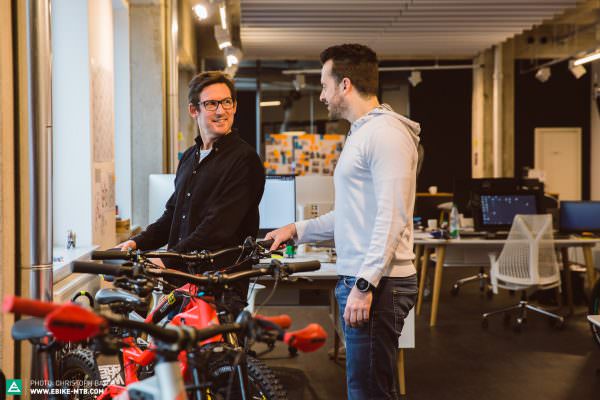
Their eMTB antics opened the door for a whole new market, in which Haibike didn’t face any competition to begin with. The demand was immense, and it confirmed to CEO Susanne Puello and designer Alex Thusbass that they and their team were on the right track. They didn’t rest on their laurels though, and in 2011 they were in a privileged position to launch 11 new models.
Not long after, more and more brands adopted this new direction and duly launched their own eMTBs. Haibike realised that they had to keep continually innovating to stay ahead of the wave. In the coming years they were responsible for a string of industry firsts: a 29er eMTB, an electric road bike, the first e-MTB with an electronic suspension system, the first full-suspension carbon eMTB, an e-downhill bike, and an intelligent emergency-call and locking system to create smarter e-bikes known as eConnect.
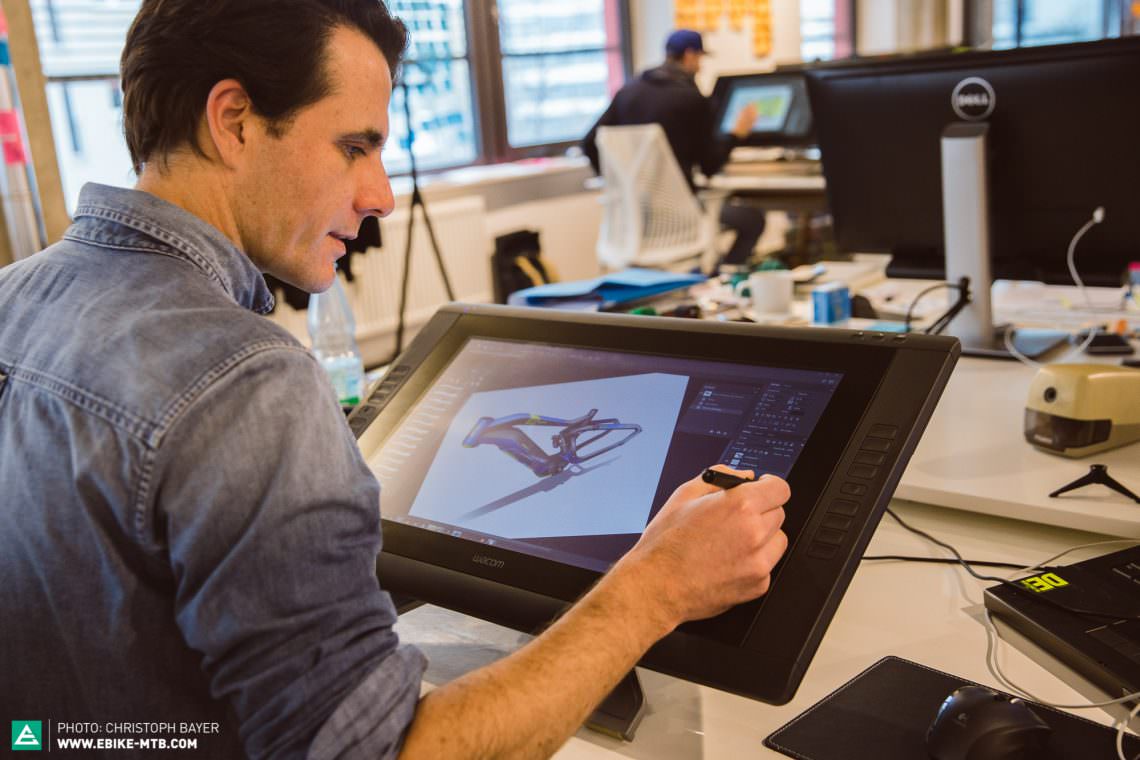
The team needed to expand to meet these challenges, which meant hiring more staff and bringing fresh wind into the sails. In 2016 they opened the Haibike Design Center München (HDCM), where marketing and design ideas are envisioned in this loft-style office. While there’s constant dialogue with the development team in Schweinfurt, the hip Munich location is the big draw when it comes to attracting driven and ambitious staff.
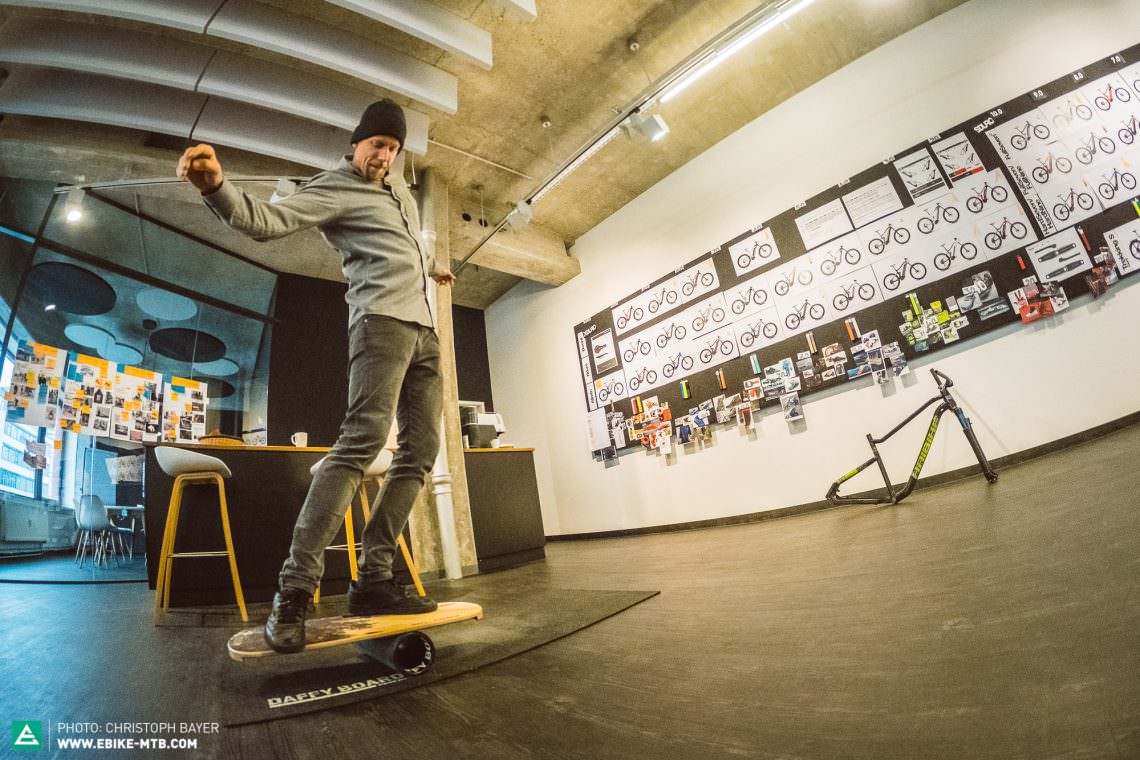
In March 2017, things took a big turn, when the three key figures at the brand decided to step away: Susanne Puello, husband Felix, the then-product manager, and designer Alex Thusbass. It came as a big shock for onlookers, as the brand’s recent success appeared solely down to this trio. For the rest of the team it was just a farewell with an announcement that many things were about to change.
So, who runs Haibike now?
For years, Susanne Puello was the face of Haibike. Who’s going to be taking the brand forwards from now on? Who is responsible for developing, designing and product management? Here’s the who’s who of Haibike’s team going forward.
As we find out during our visit to Haibike, the team’s revised structure has brought about many changes–particularly when it comes to decision making. These days there are more faces around the table and more internal discussions. Simon Sinek’s theory of the golden circle is especially resonant now, with a strong focus at the core of Why. It’s more about ‘why are we doing this?’ rather than simply ‘what are we doing?’ or ‘how are we doing it?’
“We want to still keep being the most innovative eMTB brand there is,” explains Benjamin Tuck, one of the two heads at the Haibike Design Centers München. “Anyone riding one of our bikes should experience the ultimate ride and a good time. We want our clients to be proud of owning a Haibike. That’s why it’s important to keep pushing the envelope in order to elevate our eMTBs to the next level.”
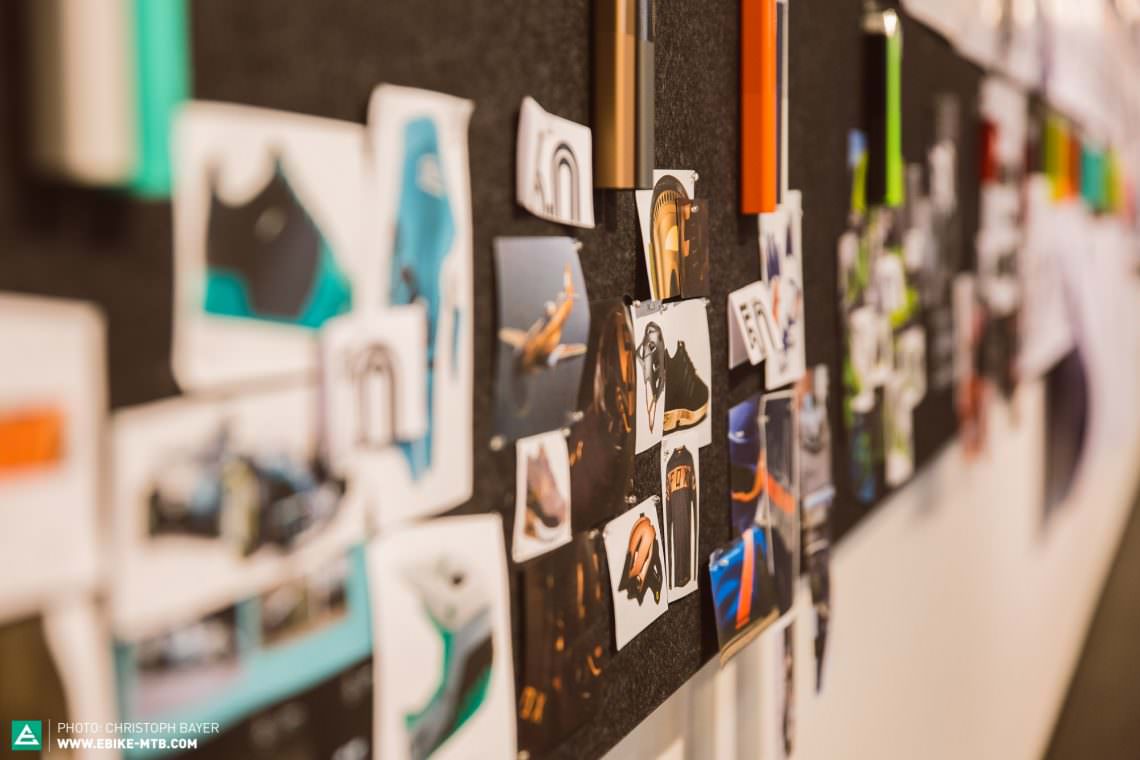
We want to still keep being the most innovative eMTB brand there is


Aligned towards this goal, Haibike have 70 employees, strategically dispersed across the Schweinfurt and Munich offices, working on development, design and marketing as well as product management. The geographical gulf is barely noticeable thanks to modern communication methods, and the brand have willingly adopted a more contemporary stance without insisting that everyone sits in the same room. Each desk space has a webcam and video calls are high on the agenda.
It’s a digital reality that clearly reflects Head of R&D and Product Management Christian Malik’s thoughts on the future of eMTBs. In his eyes, the ecosystem surrounding a bike will play an ever-increasing role: “In future it’ll just be a question of asking Siri whether we need to charge our bike for the following day’s ride.”
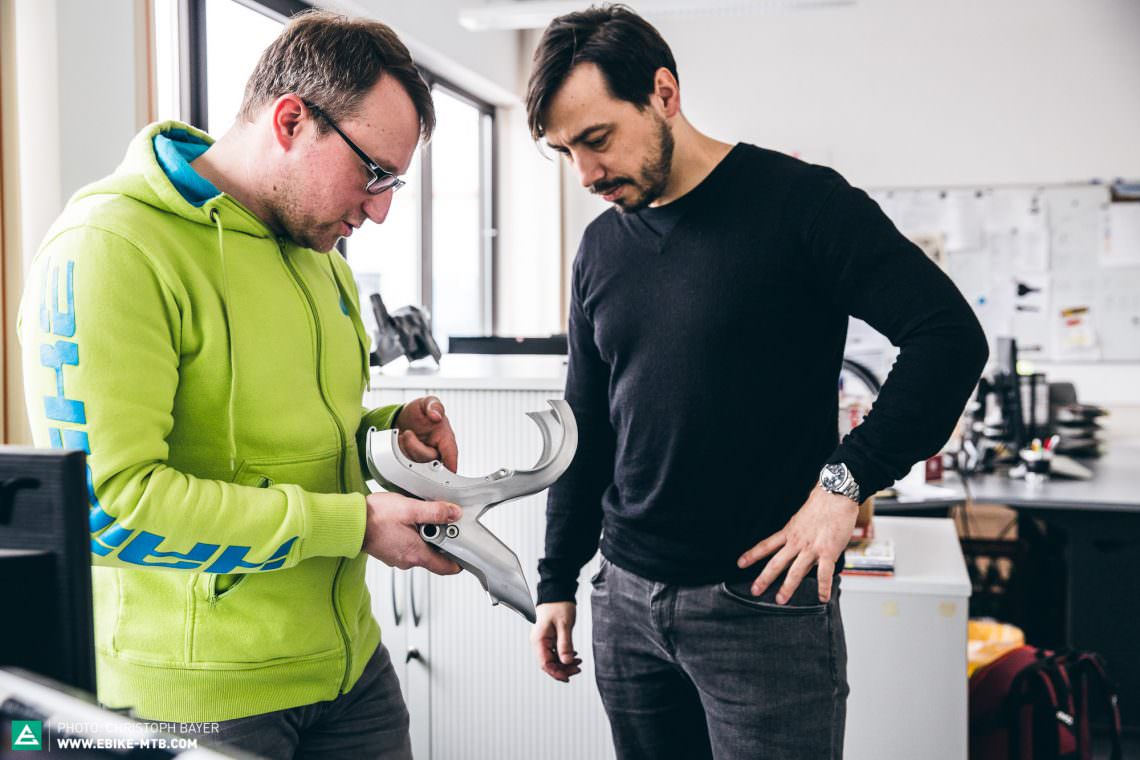
Haibike is arming itself for the future by continuing to invest: the HQ in Schweinfurt is also expanding, and will inaugurate a new, more spacious complex by the end of 2018, a place for change, for development, and with no shortage of blank pages for the next chapter of the Haibike story.
Right now it’s no secret that there are a lot of brands with visions about improving connectivity and user-friendliness, but it seems Haibike is the one only to truly bring their words to life. With a growing team and ever more space to nurture creativity, all the signs are looking positive, but it’s the atmosphere at both Haibike offices that is most remarkable. Despite its substantial size, there’s still a buzz and excitement that’s usually reserved for start-ups. Whatever it is, we’re excited to see what these eMTB pioneers will launch next.
This article is from E-MOUNTAINBIKE issue #013
E-MOUNTAINBIKE Magazine is published in a digital app format in both English and German. Download the app for iOS or Android to read all articles on your tablet or smartphone. 100% free!

Did you enjoy this article? If so, we would be stoked if you decide to support us with a monthly contribution. By becoming a supporter of E-MOUNTAINBIKE, you will help secure a sustainable future for high-quality cycling journalism. Click here to learn more.
Words & Photos:





